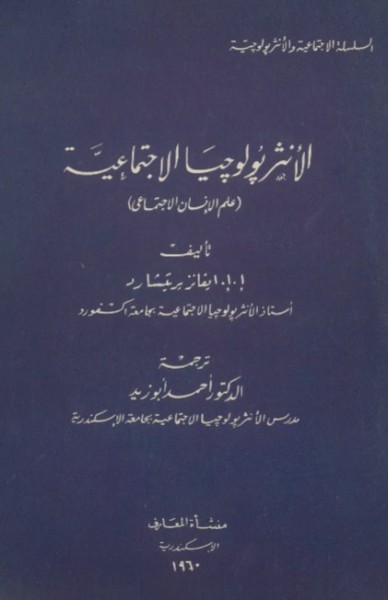Medicinal plants used by Berber and Arab peoples of Morocco [Ressource électronique] : ethnopharmacology and phytochemistry / Fatima Mouhajir
نوع المادة : نصوصف:1 vol. (228 p.)الموضوع:تصنيف DDC:
نصوصف:1 vol. (228 p.)الموضوع:تصنيف DDC:- 615.3210964 23E
- 615
| نوع المادة | المكتبة الحالية | رقم الطلب | رقم النسخة | حالة | تاريخ الإستحقاق | الباركود | |
|---|---|---|---|---|---|---|---|
|
|
Bibliothèque centrale Intranet | INTRANET (إستعراض الرف(يفتح أدناه)) | 1 | المتاح | PDF583156 |
Browsing Bibliothèque centrale shelves, Shelving location: Intranet إغلاق مستعرض الرف(يخفي مستعرض الرف)
Ph.D : Botany : University of British Columbia : 2002
Bibliogr. p. 162-166
Medicinal plants were selected on the basis of their use by Berber and Arab people to treat infectious diseases caused by viruses and microbes, as determined in interviews with 55 healers and herbalists of all regions of Morocco. Plants used traditionally to treat colds, flu, coughs, wounds, cuts, rashes, diarrhea, and fever were studied. Rare and endemic plants (205 plants o f 55 families) o f potential medicinal value, not investigated before, were collected from mountains (Rif, High, Middle and Anti Atlas) and eastern and western Moroccan Sahara, in the summers of 1997-2000. Many in use are toxic at high doses; consequently dosage is extremely important and may influence whether a plant is an effective medicine or a poison. Methanolic extracts of 75 Moroccan plants were evaluated against three mammalian viruses: herpes simplex, Sindbis and polio, at non-cytotoxic concentrations. Five extracts were active against all three viruses, 16 against two, and 24 against one. Thirty-two extracts showed lightenhanced, and two, light-dependent, activities. These results indicate that some o f these plants are potential medicines against viral infections. Several plant species were also analyzed for antimicrobial activities. They displayed different patterns: a broad spectrum, or selective activity, against fungi or bacteria or in light only. A chemical survey o f fifty plant species was performed by Electron Spin Resonance spectroscopy that detected fingerprints of phenolics that may have medicinal significance. The analysis o f Nigella sativa revealed the presence o f a high content o f thymohydroquinones that have potent antimicrobial properties and may explain the activity o f Nigella, in light Reproduced with permission of the copyright owner. Further reproduction prohibited without permission. and dark, against both gram-positive and gram-negative bacteria. The black seeds are used in Moroccan traditional medicine for infectious pulmonary and cough diseases as well as for other ailments. The significance of this research lies in the discovery o f novel and useful biological activities from plants, and as a scientific documentation o f the value o f Moroccan Berber and Arab ethnomedicine. The availability o f a local pharmacopoeia supported by scientific data could be beneficial to large populations who do not have access to modem drugs.
لا توجد تعليقات على هذا العنوان.







